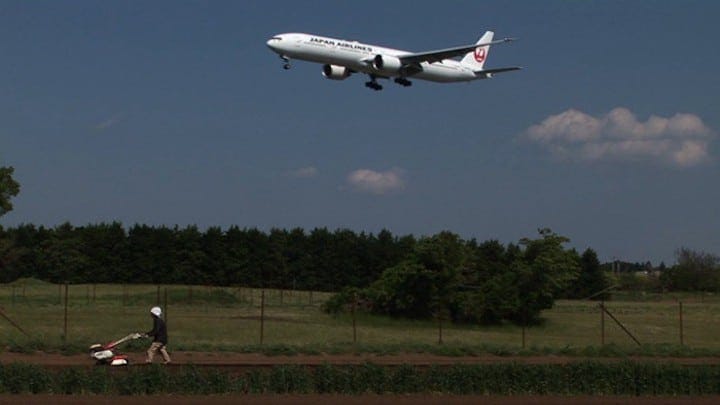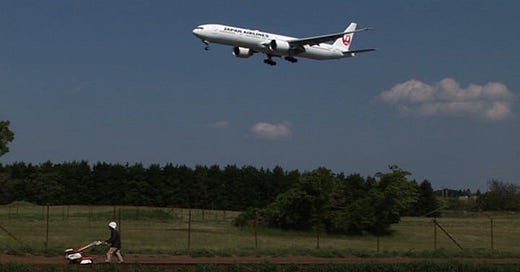‘The Wages of Resistance: Narita Stories’ Excavates a Forgotten Political Battle

Tokyo’s Narita International Airport is a landmark with a troubled past. Yet like so many grand monuments of urban development, its physical presence has outlasted the memory of what once lay beneath. It’s unlikely that most of its tens of millions of passengers have any idea that there was once an enormous makeshift tower draped in political signs that…
Keep reading with a 7-day free trial
Subscribe to Nonfics to keep reading this post and get 7 days of free access to the full post archives.



